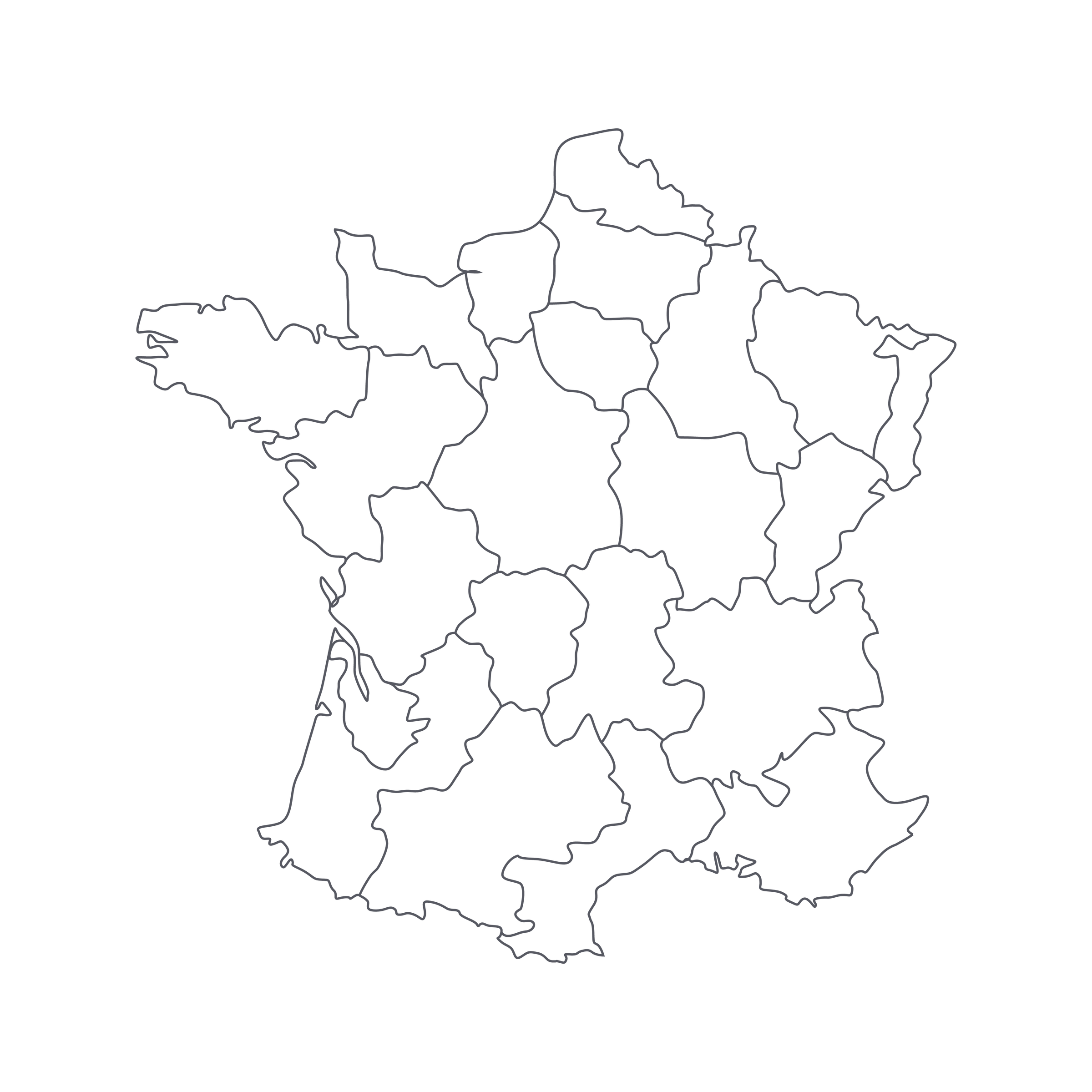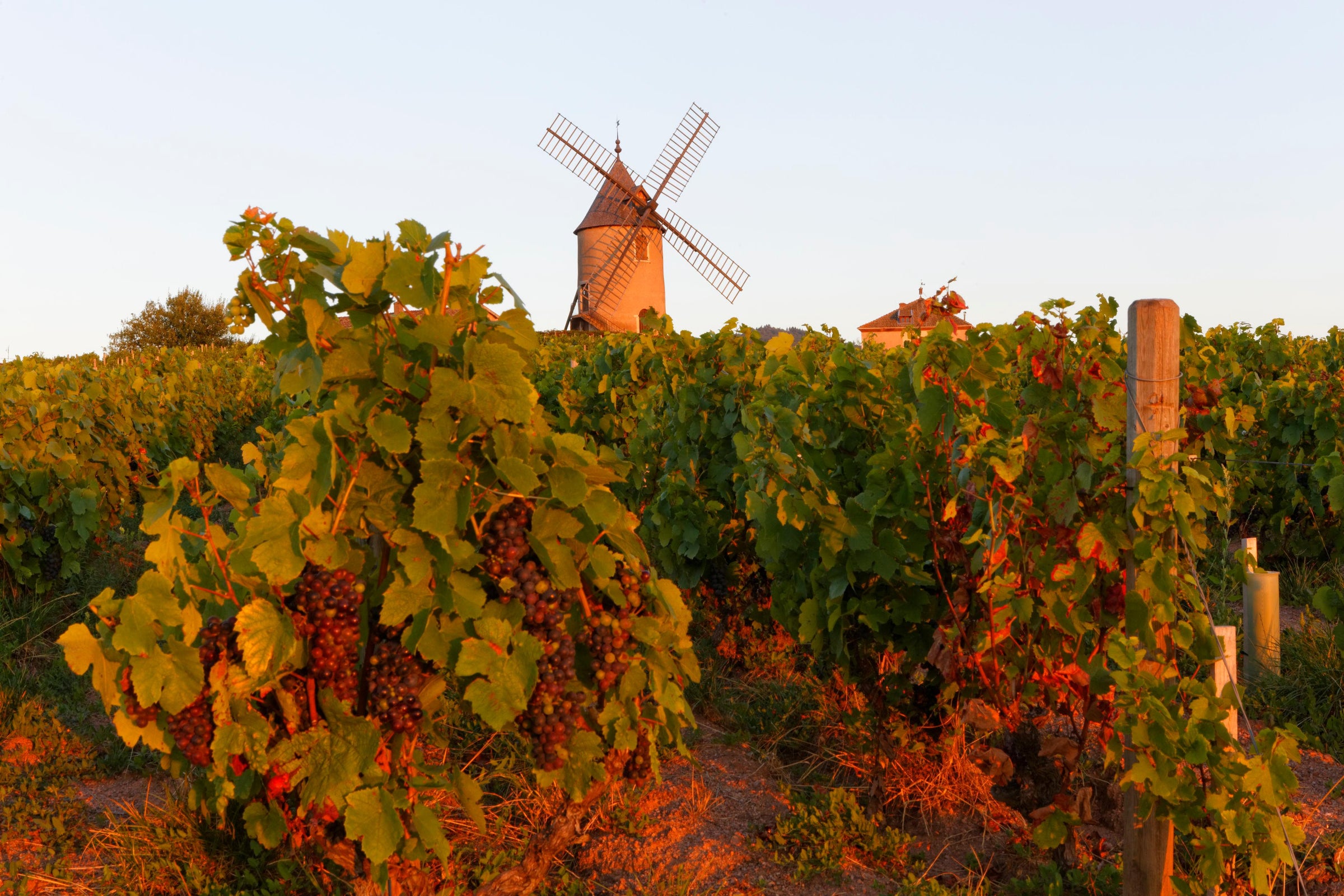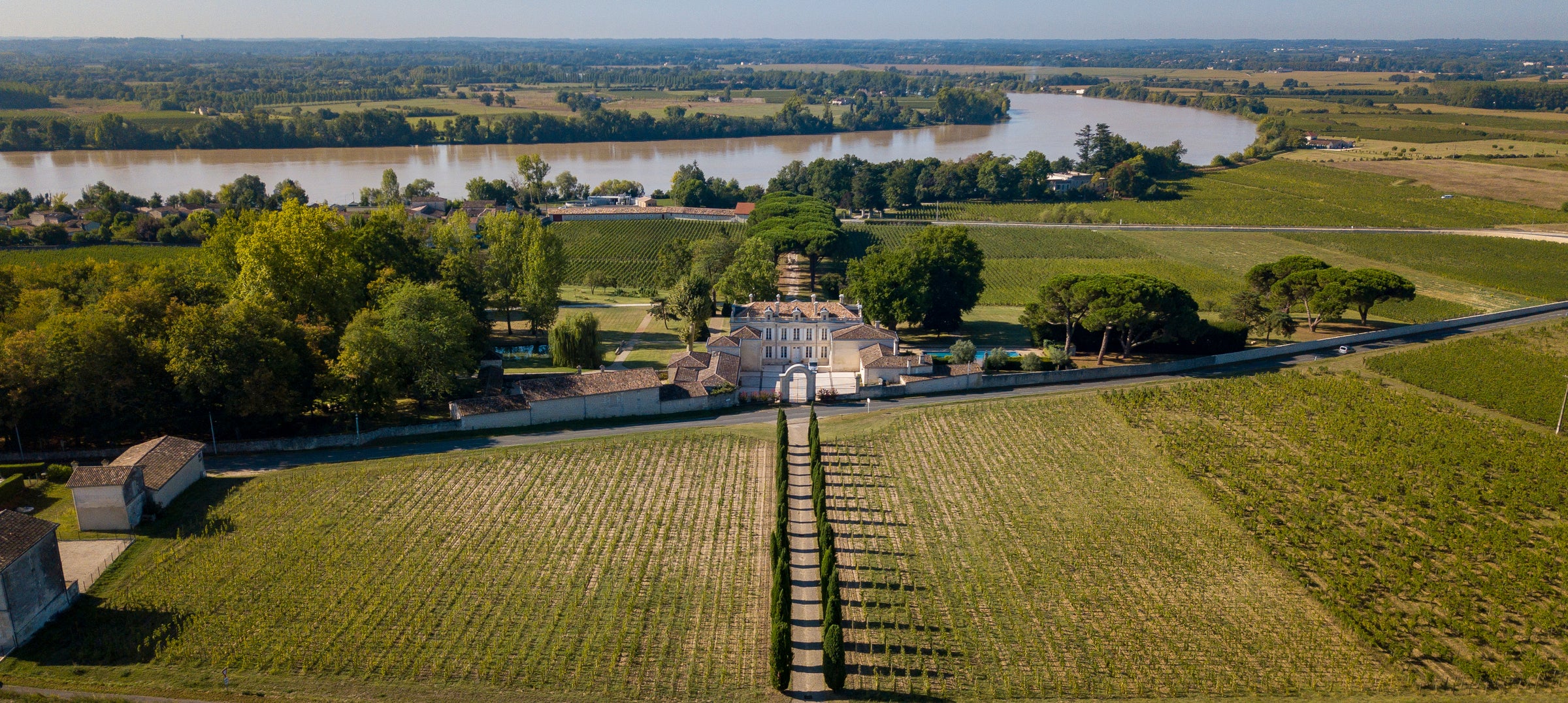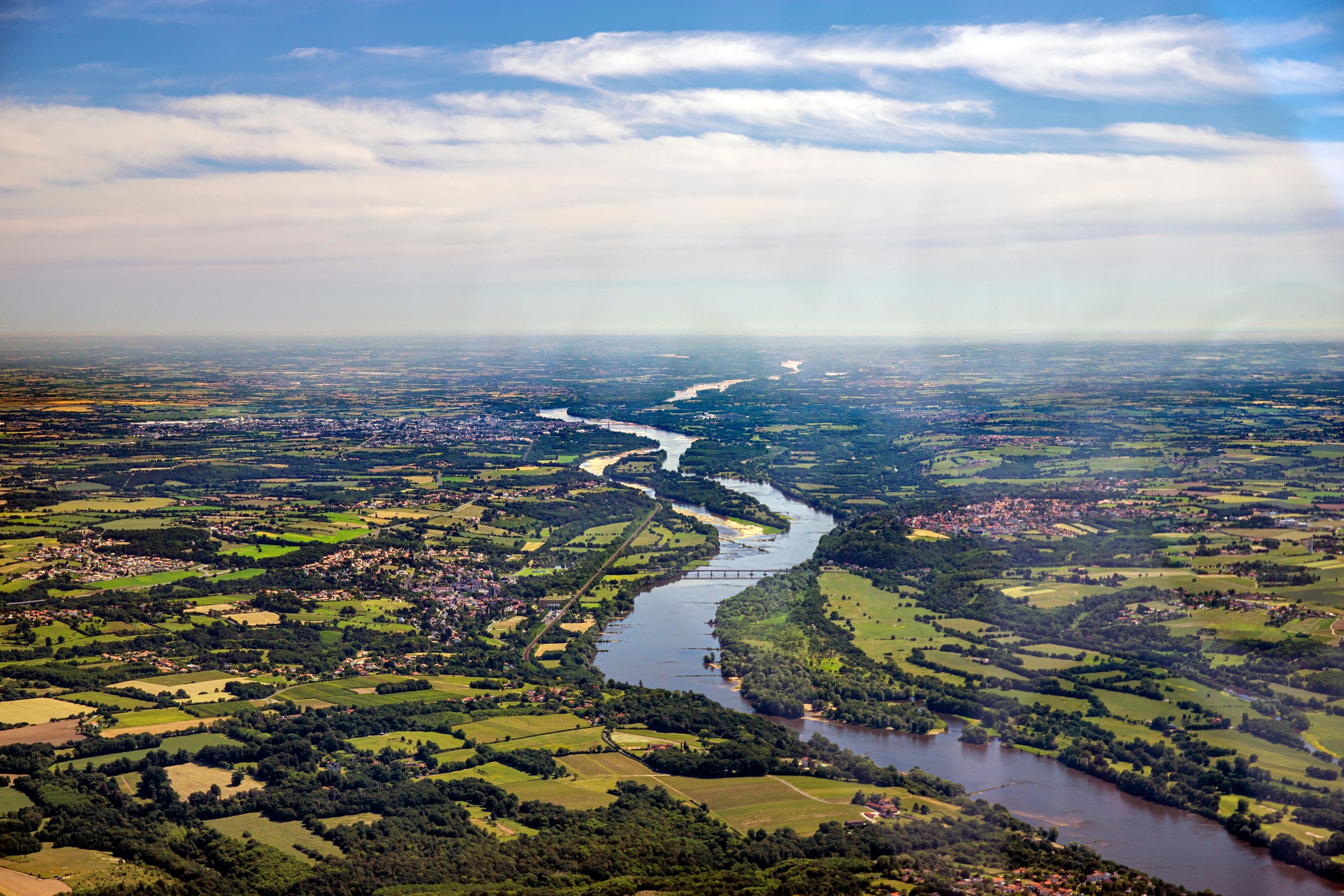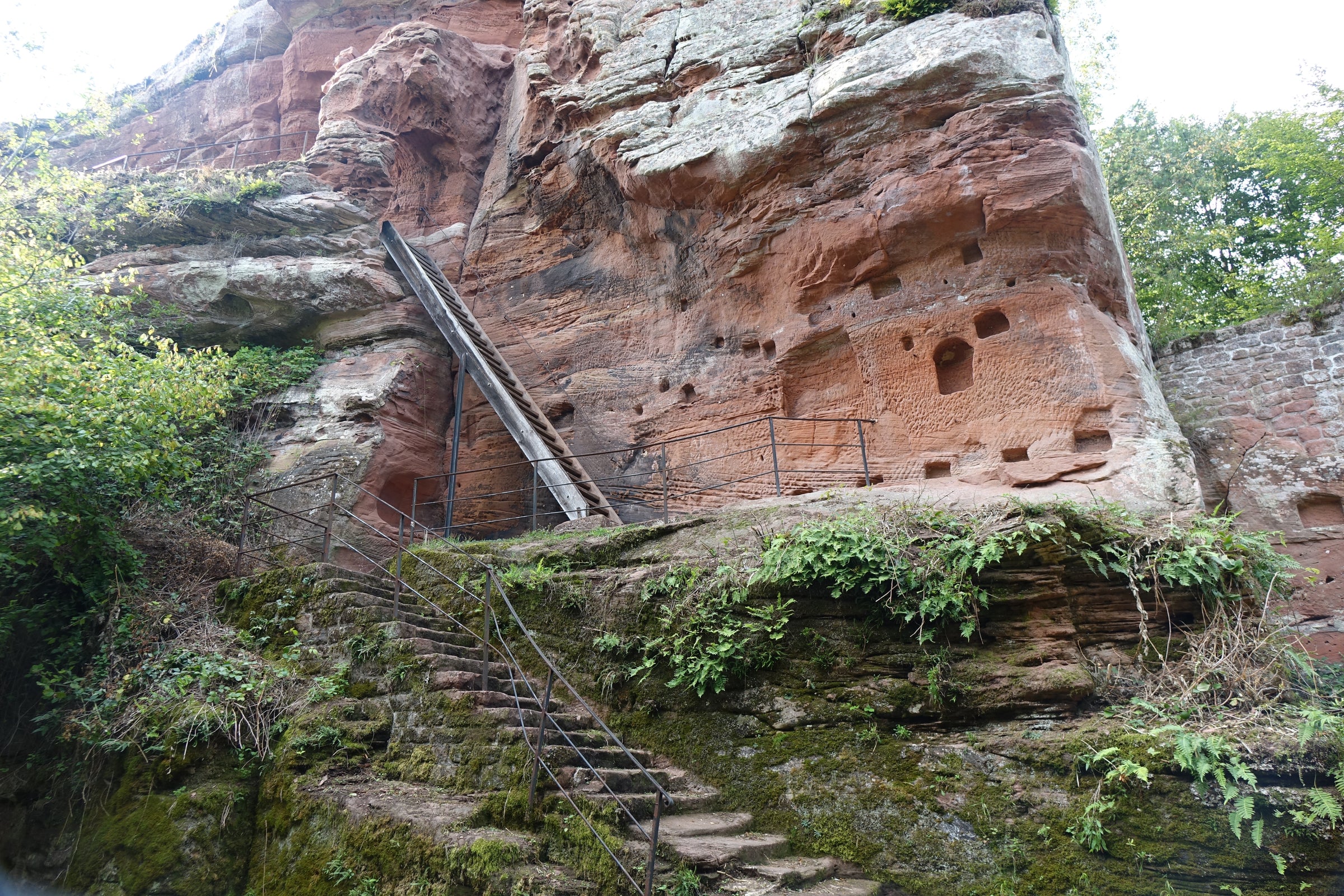As we all know, all it takes is a little bit of notoriety for a wine’s price to soar. This is especially true in Burgundy, where quantities are typically minuscule even as demand rises every year. Yet, despite having a resume that included winemaking stints with Ramonet, Lafarge, Pernot, and other notables, the late Paul Chapelle flew somewhat under the radar when he founded his eponymous domaine in 1976.
Now in the capable hands of his daughter, Christine Beck Chapelle, Domaine Paul Chapelle remains, at least for now, a go-to source of underpriced Burgundy for us—be it their benchmark Santenay red, “Gravières,” or their superlative whites from Puligny and Meursault. In addition to being affordable, these wines are also proudly classic across the board: This 2012 Puligny-Montrachet, from the Premier Cru “Hameau de Blagny,” is only just now starting to reveal itself (which is uncommon for most 2012s), and has a thrillingly long life ahead of it. I often say that great white Burgundy is the wine I’d choose to take with me into the afterlife, and laser-focused, profoundly mineral examples like this one are the reason why. Although I really adored this wine (especially after a few hours open), what I’m really looking forward to is pulling the cork on a bottle about 5-7 years from now. Talk about a pot of gold at the end of the rainbow—if you’re a white Burgundy collector, this is not to be missed (just six bottles per person today until our small allocation disappears)!
For those already familiar with Chapelle, this otherwise obscure Premier Cru, “Hameau de Blagny,” delivers the most serious white in the domaine’s impressive lineup. Named for the tiny, limestone-rich hamlet of Blagny, which is just outside Puligny to the north, the vineyard is planted to both Chardonnay and Pinot Noir (the reds are labeled “Blagny,” while the whites include the “Hameau”). It is characterized by a perfect east-facing aspect (enabling it to capture full morning sun) and a high elevation, which allows from dramatic day/night temperature swings that slow ripening and allow for full physiological development of the grapes. If you haven’t yet experienced a white from this cru, this would be a great place to start—the Chapelles are “place-first” winemakers who employ very little new oak (only about 10% for the Premier Crus) or bâtonnage (lees-stirring) in crafting their whites. This keeps them fresh, focused, and terroir-transparent—exactly what I want from top-tier, classic Puligny.
This 2012 is on fire right now, but it’s also an example of the benefits of aeration: Right out of the bottle, it was a little reductive (i.e. oxygen-starved) and therefore reticent, but what a difference some oxygen made! Florals and fruit began to blossom as if in a time-lapse video of a vineyard in springtime: In the glass, it’s a pale yellow-gold extending to a green and light gold tinted rim (it looks like a new release), with enthralling aromas of green and yellow apple, lime blossom, lemon rind, white flowers, raw hazelnut, button mushroom and wet limestone. Medium-plus in body and absolutely vibrating with mineral tension and freshness, this has 10-20 years ahead of it if it is stored well. Ideally wait to serve until after about 60-90 minutes in a decanter, in Burgundy stems, at 50-55 degrees. Or, pull the cork in the morning and leave open in a cool place until serving in the evening—it is night and day after exposure to air. Its mixture of flesh and ‘cut’ makes it an ideal white for richer seafood preparations, preferably those with a more luxurious bent, as in the attached recipe. This wine deserves it, and so do you! Cheers!


